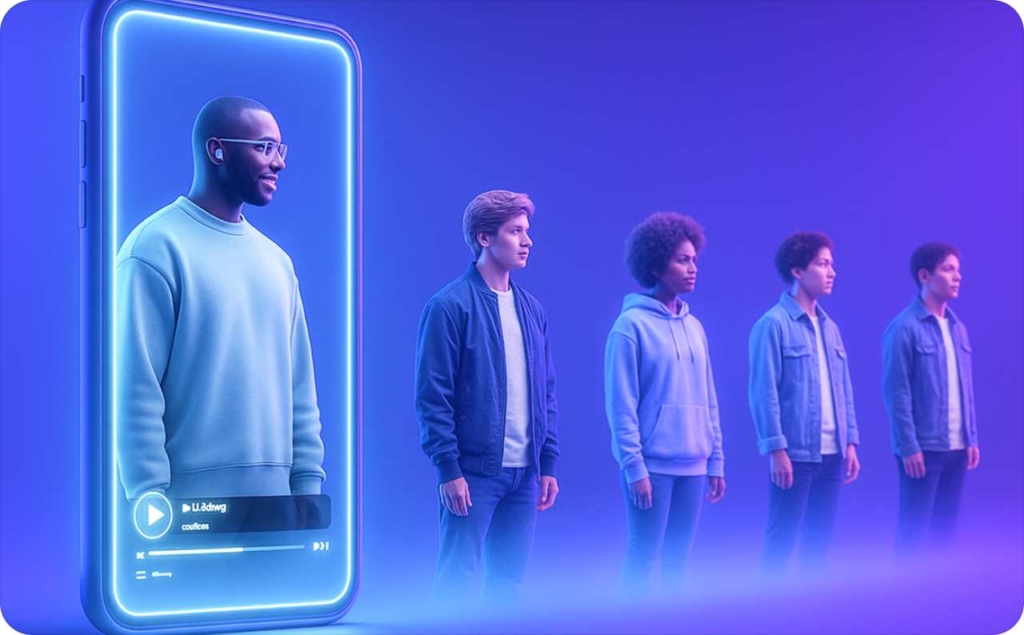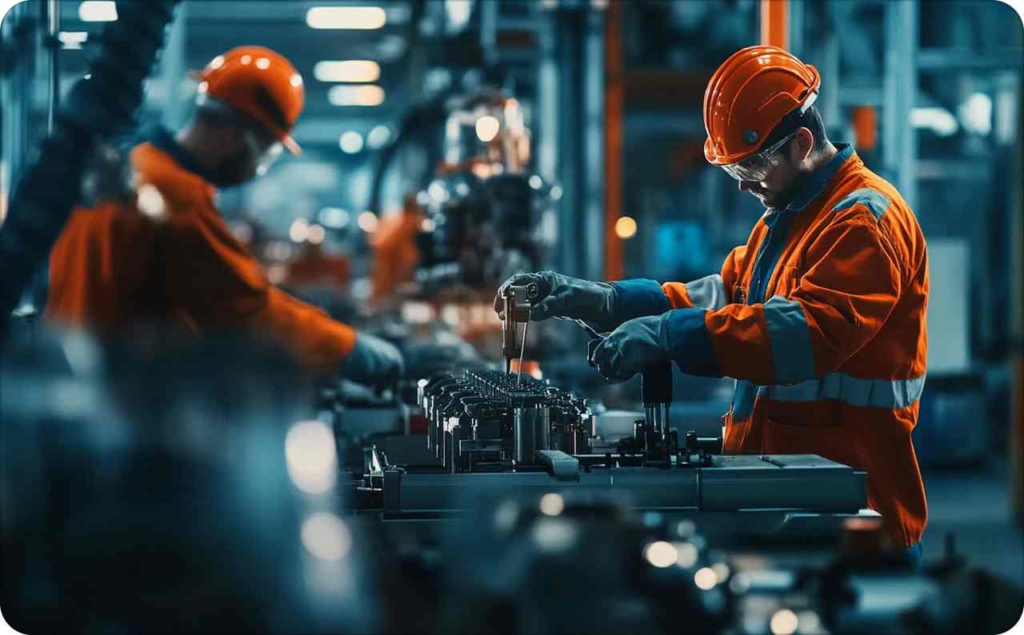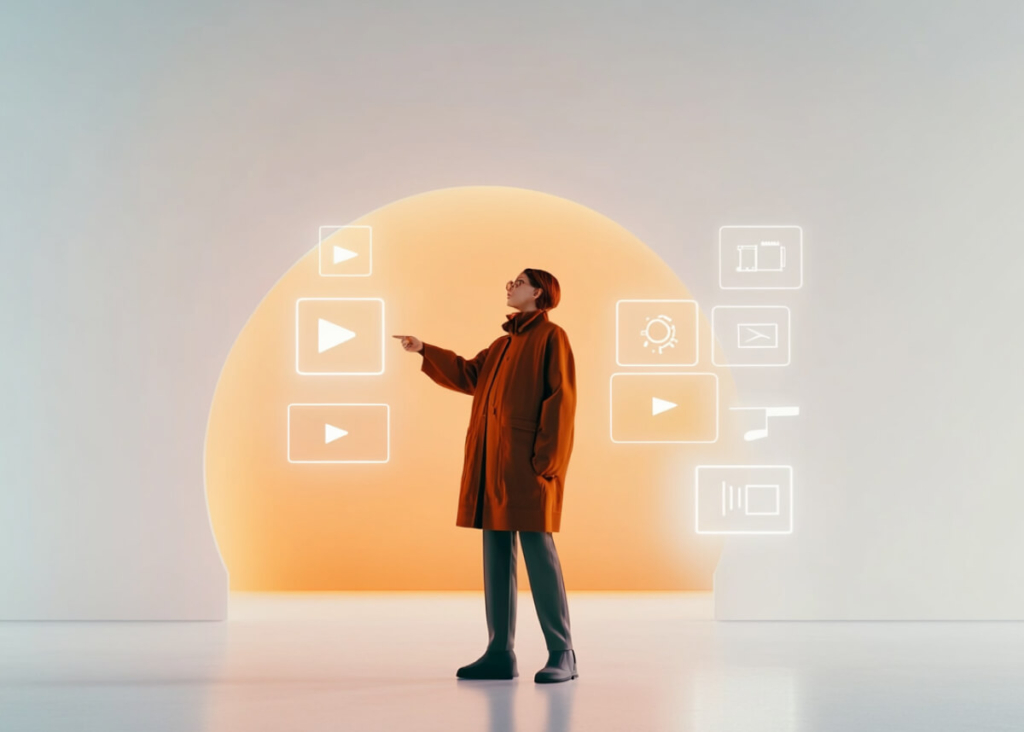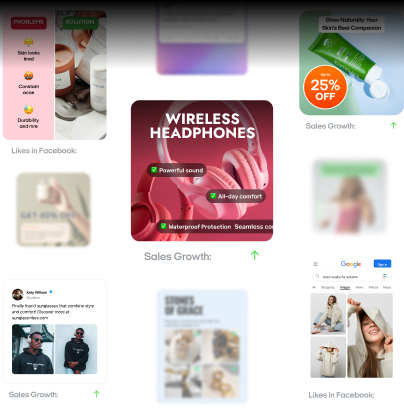What is banner advertising and how to design it in 5 steps
What turns a simple banner into a click magnet? Here’s your five-step guide to mastering modern banner advertising.
Many marketers pick the wrong banner format. That doesn’t just waste money — it can sink your CTR and ROI. The confusion is real: static, animated, or responsive banner designs each has its strengths. Banner ads are simply visual placements you see on websites, apps, and social media.
Think GIF-style animations on a news site or product carousels in your favorite shopping app. They stand out from search or native ads, grabbing attention in seconds.
Global ad spending on digital banners is set to reach US$185.44 billion by 2025, according to Statista. If your competitors are scaling here, you don’t want to miss out. Every lost impression is a lost customer.
We’ll walk through major banner ad types, best placements, and design tactics that increase conversions. You’ll see real examples and learn how to stop bleeding money on underperforming creatives.
Whether you’re new to banner ads or ready to refine an existing campaign with an AI static ad creator, this guide will help you find clarity, strategy, and measurable results. Let’s get started!
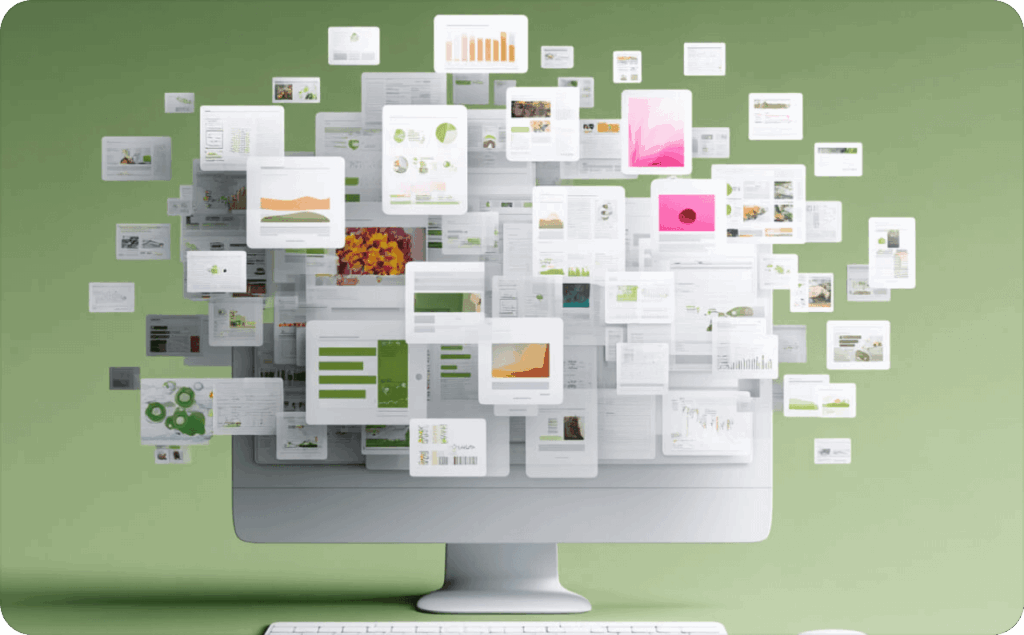
Overview of banner ad types
If you’re picking a banner ad format without a strategy or understanding of how static and dynamic ads differ, you’re wasting budget and missing conversions. Each format fits a different stage in your marketing funnel, so match them with your goals.
Static banner ads
They’re the simplest. One image, a concise message, and a direct call-to-action — perfect for top-of-funnel awareness. According to Amazon, the most common sizes are leaderboard — 728×90, medium rectangle — 300×250, and skyscraper — 160×600. They’re easy to deploy, but make your creative pop to avoid being overlooked.
Animated banner ads
They add motion, like slides or fades, to catch attention. You’ll often see higher click-through rates in mid-funnel campaigns when users need an extra push. They can take more design time, but they pay off if you have multiple products or features to highlight.
Video banner ads
They bring autoplay or short clips, great for quick storytelling or product demos. Under 15 seconds usually works best. Real estate agents use them to show listings, while SaaS brands feature top benefits. If you’re aiming for bottom-funnel conversions, video ads can seal the deal fast.
Interactive banner ads
They invite you to hover, swipe, or play a mini-game. Built with rich media, they drive longer view times and higher engagement. A finance brand might embed a loan calculator, while an eCommerce store could display a 360° product view. This format is a top choice for mid-funnel engagement.
Responsive banner ads
They resize automatically for desktops, tablets, and phones. That means you don’t need separate designs for each device. If you’re focusing on mobile users, responsive ads keep your message consistent and your workload low.
Dynamic banner ads
They pull live pricing or real-time offers to personalize each impression. Common in programmatic advertising, dynamic banner ads excel at eCommerce retargeting. Expect higher ROAS when shoppers see exactly what they viewed or abandoned in their cart. This makes them a powerful bottom-funnel tactic.
Lightbox & pop-up banners
They expand on hover or click, or they show up as exit-intent or timed prompts. They can be effective for final pushes, like email captures or flash deals. Use them wisely, though. If you interrupt a user too soon, you’ll risk higher bounce rates and lower satisfaction.
Which format fits your funnel?
Use static and responsive banners for top-of-funnel reach. Turn to animated or interactive ads to engage mid-funnel audiences who need deeper storytelling. Close the sale with video or dynamic banners when you’re targeting bottom-funnel leads. And if you need a final nudge for signups, a lightbox or pop-up can do the trick — but to truly maximize impact across the funnel, consider experimenting with more creative ad formats and applying strategic tips tailored to each stage of your campaign.
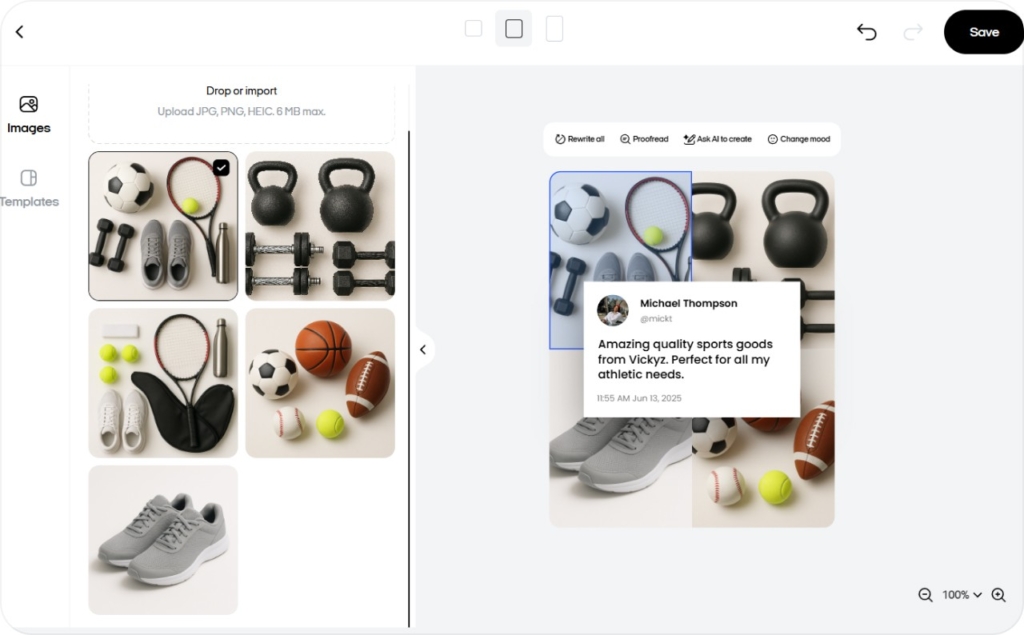
Placement-based banner ads
Your banner ads might look stunning, but they won’t convert if people never see them. Strategic placement shapes everything from viewability to return on ad spend.
Leaderboard ads: High visibility above the fold
Leaderboard ads — 728×90, appear at the top of a webpage where attention is highest. If users scroll fast or use ad blockers, this format may underperform — so grab them with bold design and a clear call to action.
They often average a 0.1-0.3% click-through rate but can rise if you align them with top-of-funnel messaging. Consider a run of site approach to show them on multiple pages for consistent exposure.
Skyscraper ads: Persistent but placement-sensitive
Skyscraper ads — 160×600, run along the side, staying visible as people scroll. They work well on right-side layouts near navigation or product filters, which can boost brand recall.
They’re less mobile-friendly unless you use responsive strategies. If your audience is phone-heavy, choose a flexible skyscraper width or a different format that resizes gracefully.
Medium rectangle: Mid-funnel engagement
A medium rectangle — 300×250, often appears inside or beside content. That in-content approach can lead to above-average CTR, especially on mobile where a 0.5% rate isn’t uncommon.
Test placing them within articles to catch users who are already reading. Because they’re less intrusive, they’re perfect for mid-funnel clicks.
Pop-up ads: Timing and UX matter
Pop-up ads demand the right moment — exit-intent, scroll-triggered, or time-based. When triggered properly, they can drive sign-ups or last-chance purchases.
Go easy on mobile. Google penalizes sites with intrusive pop-ups that block key content too soon, which hurts Core Web Vitals and ranking signals.
Run of site: Broad reach, lower precision
Run of site ads appear on every page, giving you wide coverage for brand-building or product launches. Not every page will perform equally, so track placement effectiveness with heatmaps or engagement metrics.
Segment your ROS based on page type if possible. Readers on a blog behave differently from those on a product page, so tailor your messaging to each segment.
Testing and programmatic ads optimization
A/B test above-the-fold vs. below-the-fold and compare skyscrapers with medium rectangles. Tools like scroll-depth trackers reveal how far users browse before they bounce, helping you adjust for maximum engagement.
If you run programmatic ads, set rules that automatically rotate placements based on real-time results. This approach supports ad visibility optimization by showing banners exactly where they’re most likely to get clicks. It becomes even more powerful when paired with AI-driven creative strategies and ad creative testing tips.
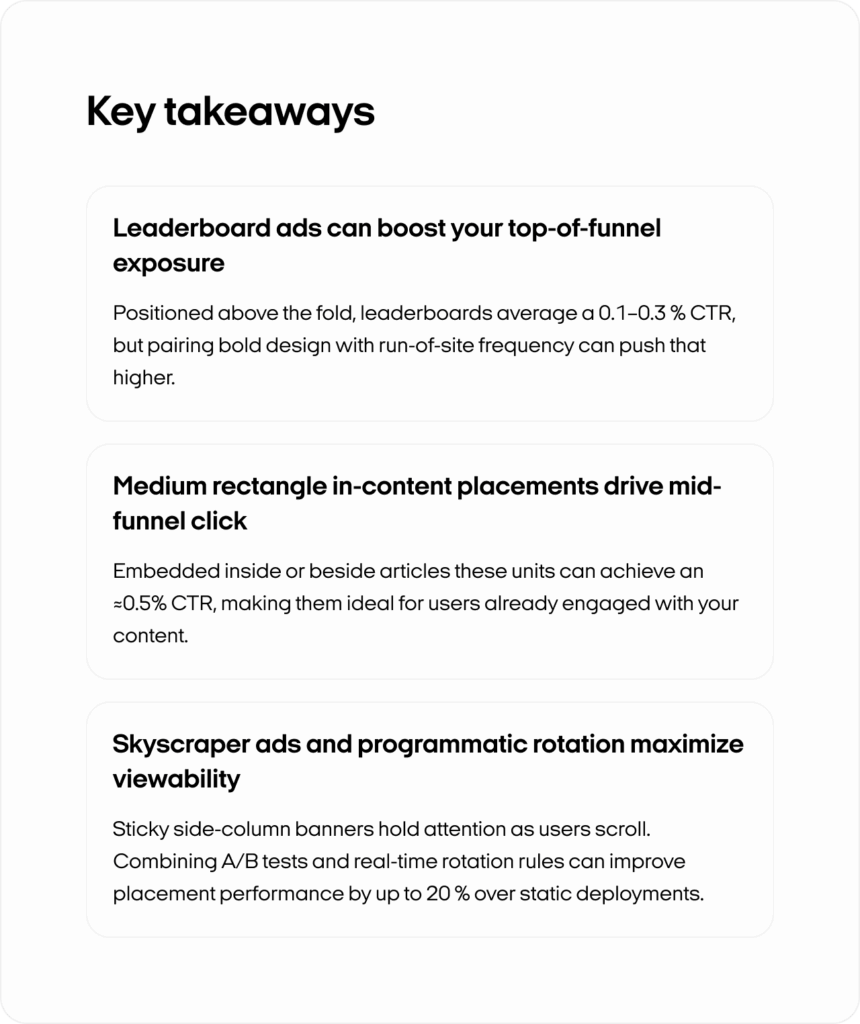
From clicks to conversions: Designing & implementing banner ads
If your banner ads aren’t reaching their goals — be it more clicks, lower acquisition costs, or extra foot traffic — you may be missing core creative optimization steps.
A smart, data-driven design approach can boost your click-through rate, trim your cost per acquisition, and move prospects from ad impressions to real-world conversions — and to scale those results even further, consider automating your workflow with AI using five proven steps to revolutionize your ads.
Focus on clarity and one message
People scroll fast, so keep your ad visuals bold, purposeful, and free of clutter. Avoid piling on multiple offers or bland CTAs like “Learn More,” which can bury your main benefit and lose viewers.
A brand like Spotify often uses a single CTA, like “Try Premium Free.” This clarity ensures your audience knows exactly what to do next without hesitation.
Make your CTA pop and track layout variations
Your call to action button should demand attention with phrases like “Get It Now,” “Claim 25% Off,” or “Upgrade Today.” Place it where users naturally look — often at the center or bottom right of your banner.
Test different layouts — text-first vs. image-first — to see which pulls better results. If one version underperforms after 1,000 impressions, rotate a fresh variant to spark higher conversion optimization.
Design for mobile first, mind core web vitals
Most banner ad impressions happen on phones, so your ads need to load fast and adapt seamlessly. Consider HTML5 or AI-generated designs for smoother animations across devices.
Google weighs mobile usability in its Core Web Vitals, so slow or shifting banners risk lower rankings and annoyed users. Keep file sizes small, and ensure your responsive ad formats scale perfectly.
Align with your campaign goals and omnichannel impact
If you pay by CPM or CPC, use bold visuals and concise headlines to maximize CTR. For CPA campaigns, lean on urgency or social proof: “Only 2 Left” or “Sale Ends Midnight.”
An omnichannel approach can also drive foot traffic — studies show it can boost incremental store visits by 80% for local businesses. For example, a gym could push free-trial banners online while syncing those offers in-store with retargeting to turn browsers into members.
Test relentlessly and avoid ad fatigue
Monitor your ads with banner ad analytics to see which creatives earn the highest CTR or ROAS. Tools like Moat or AdRoll help you gauge viewability and user interactions.
Refresh your display ad creative every few weeks to prevent ad fatigue, especially with retargeting. Small tweaks — like changing your CTA color or rearranging text — can reignite engagement.
Bringing it all together: From impression to action
Effective banner ads revolve around one compelling offer. Use whitespace, subtle motion, and sharp design to point users toward your CTA.
Rotate new layouts, build for mobile-first, and sync omnichannel tactics to generate tangible results — online and in-store. That’s how you turn casual impressions into actual conversions.
Create ads with Zeely AI
Don’t overlook your social media channels. With Zeely AI, you can become a pro at mastering static ads, creating high-converting creatives, and launching campaigns in minutes.
Install the Zeely app on your phone and create a user profile. Answer a few quick questions so the AI understands your business goals, or skip the app and use Zeely web on your laptop or PC.
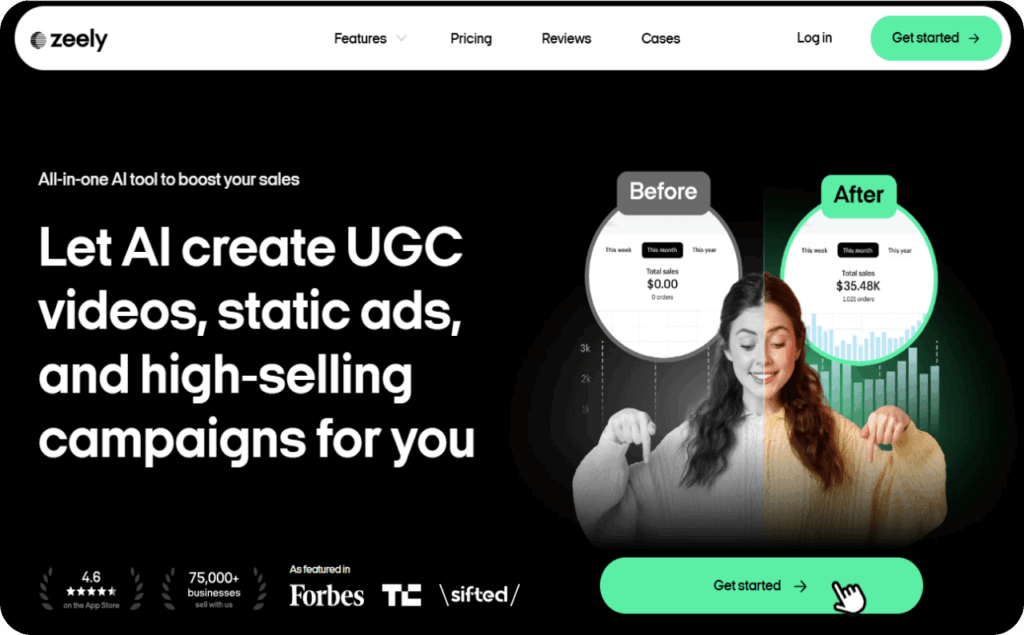
Step 1: Add products
Paste your product URL, and Zeely AI will pull images and details for future ads. If you don’t have a website, add product photos and info manually, choose your product type, pick a CTA, and hit Create product.
Step 2: Create video ads
Select the product you want to feature, then pick a video template designed to grab attention. Choose one of 30+ hyper-realistic AI avatars, decide on a script — write your own or let AI generate it.
Next, add background music, and render your video. It usually takes 7–12 minutes, but can be faster. Sounds confusing? For a step-by-step walkthrough, check out our guide on how to create viral video ads with AI in 15 minutes.
Step 3: Create static ads
While you wait for a video ad, you can also create static visuals to boost variety. Choose the product you’d like to promote, then pick from 100+ proven ad templates. Zeely AI will auto-select product images, though you can swap them out manually.
Hit Generate and wait about a minute. You’ll get a finished static ad in three formats — ad, post, or story, choose one to download.
Step 4: Start an AI-optimized ad campaign
Choose your product and set a campaign objective — Traffic or Leads — based on your goals. Pick Instagram, Facebook, or both, and add at least one video plus two static visuals.
Define your target location and demographics according to AI recommendations. Set your budget and campaign duration, make the payment, and launch your ads.
Final note
Track your campaign in real-time and see how Zeely AI optimizes your results. With seamless product setup, quick ad creation, and automated targeting, you can grow your business faster across social networks — especially when you follow proven tips for generating ad creatives that really convert.
Common challenges in banner advertising
The Wall Street Journal says banner ads face falling creativity and trust, driving demand toward native formats. If you want to keep banner ads effective, you have to sharpen your design, placement, and targeting strategies.
Challenge 1: Misunderstanding ad cost and performance
Many advertisers mix up CPM, CPC, and CTR, leading to poor expectations. You might pay for impressions but hope for conversions, which wastes spend and fosters banner blindness.
To fix this, match your billing model to your campaign goal. If your CTR lingers below 0.1%, test animated visuals or move the CTA for a better click rate.
Challenge 2: Poor placement decisions
Buried ads lose clicks, especially on mobile. If your banners show up below the fold or hide in sidebars, users may never see them.
Place ads above the fold, along natural scroll paths, or near relevant content. Use tools like Hotjar to see where people stop scrolling, then adjust your layout on desktop and mobile.
Challenge 3: Intrusive display formats
Auto-playing videos or pop-ups that hijack the screen destroy user experience. They also trigger Core Web Vitals penalties and erode consumer trust.
Try a scroll-triggered lightbox that expands only when someone shows interest. Keep your ads attention-grabbing without overwhelming people.
Challenge 4: Misusing dynamic ads
Dynamic banners can adapt your offers instantly, but a sloppy setup hurts credibility. A fashion brand showing sold-out products irritates shoppers.
Keep product feeds updated and tailor each banner to user intent. Cart abandoners should see items they viewed, while new visitors get fresh arrivals.
The bottom line: Surviving in a native-first world
Mastering banner fundamentals — placement, timing, and creative — won’t just boost ad performance. It’ll also help your ads stay relevant despite tough competition from native formats.
Track CTR, CPC, and conversions closely, and refresh your display ad every few weeks to avoid burnout. Solve these common challenges, and you’ll rebuild trust in a format that can still thrive when done right — especially if you stay ahead of ad fatigue by refreshing creatives before performance starts to dip.
Conclusion
Banner ads still matter in a crowded digital landscape — especially when you choose the right format, placement, and creative strategy.
Whether you’re looking to drive top-of-funnel awareness or close bottom-funnel deals, aligning your billing model, design approach, and user targeting can make all the difference.
By following these best practices, testing new ideas, and leveraging tools like Zeely AI, you can turn banner ads into a high-performing asset. Even as native ads rise, banners remain effective when they’re thoughtfully crafted, strategically placed, and constantly refined.
Also recommended
